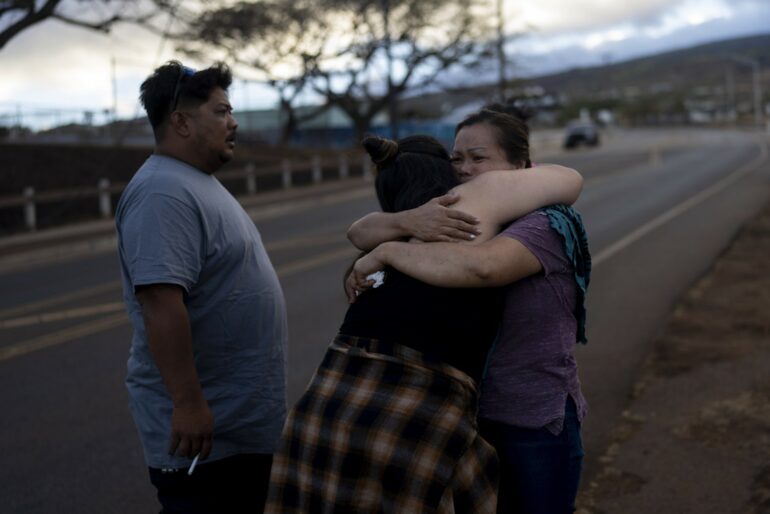Fire devastates communities and families, and it makes identification of victims challenging. In the aftermath of the wildfire that swept through Lahaina, Hawaii, officials are collecting DNA samples from relatives of missing persons in the hope that this can aid in identifying those who died in the fire.
But how well does DNA hold up under such extreme conditions, and what is the best way to recover DNA from fire victims?
I am an anthropological geneticist who studies degraded DNA in archaeological and forensic contexts. My research group applies ancient DNA and forensic analysis methods to optimize DNA recovery from burned bones. Retrieving DNA from severely burned remains in order to identify victims is a particular challenge.
Forensic DNA analysis
In a typical forensic investigation, DNA is extracted from a sample – whether some blood, pieces of tissue or bone – collected from the scene of the disaster or crime. This process chemically separates the DNA from other components of cells within the sample, such as proteins, and purifies it.
This DNA is used as a template for polymerase chain reaction, or PCR, analysis, a method that is essentially the Xerox copier of molecular biology. Even if there are only a few cells present in the sample, PCR can amplify those DNA molecules into thousands or millions of copies. This creates a sufficient amount of DNA for subsequent tests.
DNA analysis can help identify victims by comparing genetic similarities between people.
In forensics, the specific DNA targeted in PCR is usually a set of highly repetitive markers called microsatellites, or short tandem repeats. Law enforcement agencies around the world use specific sets of these markers for identification purposes. In the U.S., forensic analysts target 20 of these DNA repeats. Each person has two unique alleles, or genetic variants, at each of these markers, and these alleles are uploaded to the FBI’s Combined DNA Index System database to identify matches.
DNA taken from the relatives of missing people will likely be analyzed for short tandem repeat markers and their allele profiles uploaded to the Relatives of Missing Persons index within the database. The expectation is that victims and their biological relatives share a percentage of alleles for these markers. For example, parents and children share 50% of their alleles, since a child inherits half of their DNA from each parent.
Challenge of degraded DNA
In forensic contexts, the time between death and DNA sampling is usually short enough that the DNA is often still in fairly good shape, both in terms of quantity and quality. However, DNA is often not found in ideal conditions after a disaster.
Time and the elements take their toll. After death, the process of decomposition releases enzymes that can cleave or damage DNA, and additional damage occurs over time depending on the environment in which the…



